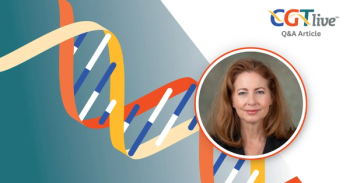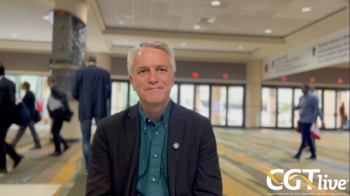
Amar Kelkar, MD, on Assessing Price and Value for Cell and Gene Therapies
The stem cell transplantation physician at the Dana-Farber Cancer Institute discussed how to look at the value therapies provide and how to improve the cost-effectiveness of their use.
“The takeaway is that a lot of these therapies are overpriced. Tere's a lot of factors that go into that: There's scarce supply along with high demand, as well as manufacturing delay, and, of course, these are novel therapies on patent and so there's natural investment recoupment from these companies, as well. All these things factor into these higher prices. Our goal in doing this type of research is to try and push back on these higher prices to get them to a level that we consider to be cost-effective so that more patients can get these treatments...”
Over the past few years, novel cell therapies and gene therapies have provided transformative new treatment options for many patients with serious hematological diseases, such as leukemia and lymphoma, sickle cell disease, and thalassemia. Although these advanced therapies are typically one-time treatments that are expected to provide durable long-term efficacy, or in some cases even a cure, they often come at a very high financial cost in the realm of millions of dollars per patient. These high prices can limit access to treatment for some patients.
Amar Kelkar, MD, a stem cell transplantation physician at the Dana-Farber Cancer Institute, gave a talk on the topic of payment and value for cell therapies at
REFERENCES
1. Kelkar A. The space between value and payment in cell therapies - sustainability, evaluation, and operational cost. Presented at: 2024 Tandem Meetings, February 21-24, San Antonio, Texas.
Newsletter
Stay at the forefront of cutting-edge science with CGT—your direct line to expert insights, breakthrough data, and real-time coverage of the latest advancements in cell and gene therapy.

















































